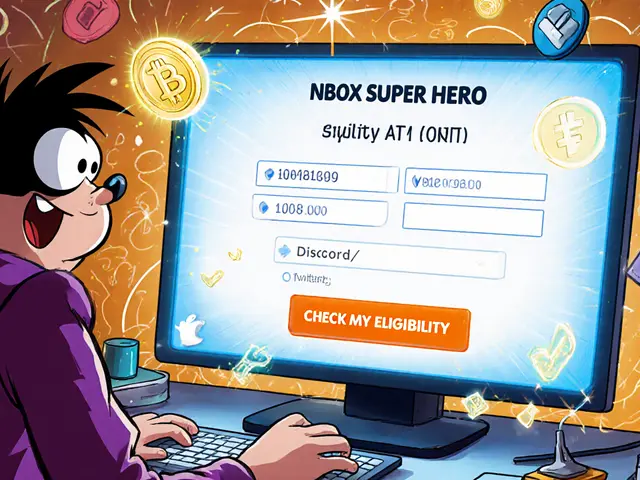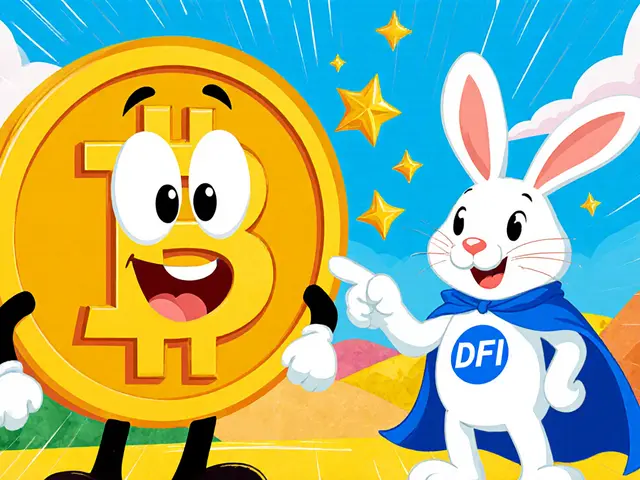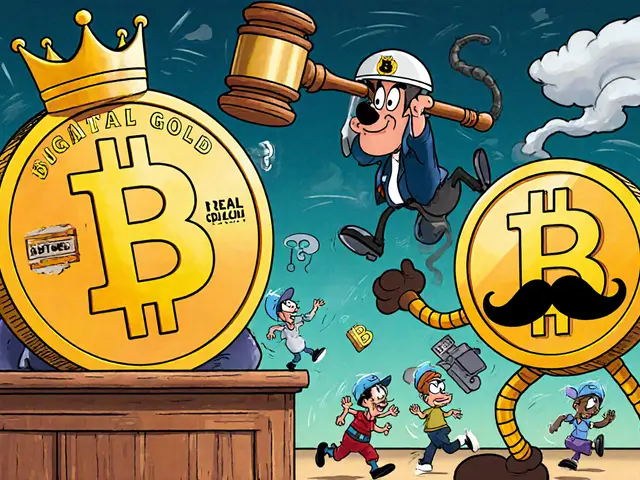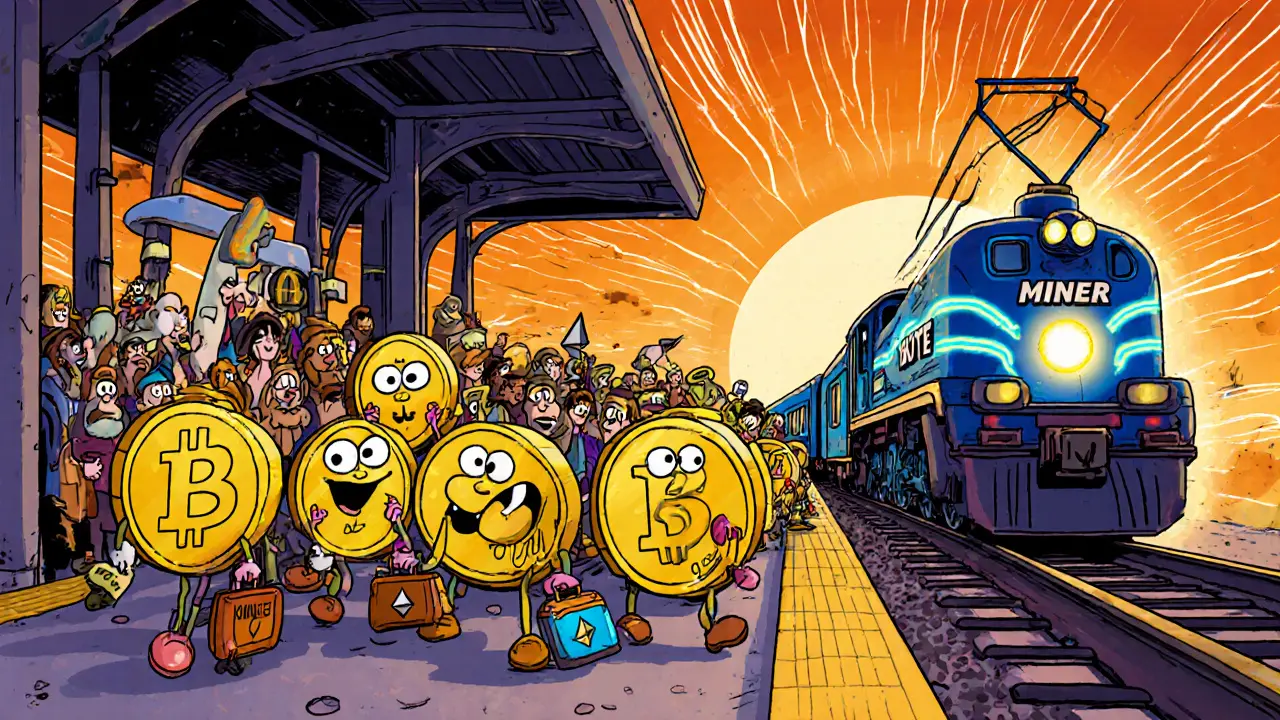
Mempool Congestion Checker
Bitcoin Mempool Size (MB)
Ethereum Mempool Size (MB)
Bitcoin Median Fee (sat/vByte)
Ethereum Gas Price (gwei)
High-Value BTC Transactions (>10 BTC)
High-Value ETH Transactions (>200 ETH)
Bitcoin Status
Normal congestion level detected.
Recommended Action
No immediate action required. Monitor for unusual spikes.
Ethereum Status
Normal congestion level detected.
Recommended Action
No immediate action required. Monitor for unusual spikes.
When you watch the crypto market, price charts only tell part of the story. The real pulse lives in the mempool analysis of unconfirmed transactions moving through the network. By reading that pulse, traders can spot fee spikes, looming large moves, and even price gaps between exchanges before they surface on the chart.
TL;DR
- Use mempool size and fee distribution to gauge network congestion.
- Track high‑value unconfirmed transactions for early signals of market moves.
- Combine Bitcoin and Ethereum mempool data to refine arbitrage timing.
- Leverage tools like Glassnode Studio and open‑source explorers for real‑time metrics.
- Monitor fee‑market dynamics and Replace‑By‑Fee (RBF) activity to adjust your order placement.
What the Mempool Actually Is
Mempool is a temporary storage area where cryptocurrency nodes keep transactions that have been broadcast but not yet included in a block. Each node runs its own mempool, so the exact list of pending transactions can differ from one peer to another. When miners pull transactions from their mempool, they prioritize those offering the highest fees, which creates a natural market for transaction speed.
Why Traders Care About the Mempool
The mempool is more than a technical curiosity; it’s a live feed of market intent. Large, high‑value transactions often precede price swings because the actors moving that money usually have a direction in mind. By spotting a surge of big Bitcoin transfers, you can anticipate increased buying pressure or a looming sell‑off.
In addition, fee spikes reflect congestion. When the network is clogged, users pay higher fees to get confirmed quickly. Those fee hikes can be a proxy for heightened demand, which sometimes correlates with bullish sentiment.
Key Metrics to Watch
- Mempool size (in MB): a growing size signals congestion; a sudden drop often follows a block that cleared many transactions.
- Fee distribution (sat/vByte for Bitcoin, gwei for Ethereum): look at median, 75th percentile, and max fees. Spikes can indicate urgent trades.
- High‑value transaction count: count of pending transactions above a threshold (e.g., >10BTC or >300ETH).
- Ancestor/descendant relationships: a transaction with many descendants can create a fee‑bumping cascade, affecting confirmation times.
- Replace‑By‑Fee (RBF) activity: when a transaction is replaced with a higher fee, it reveals a willingness to pay for speed, hinting at time‑sensitive moves.
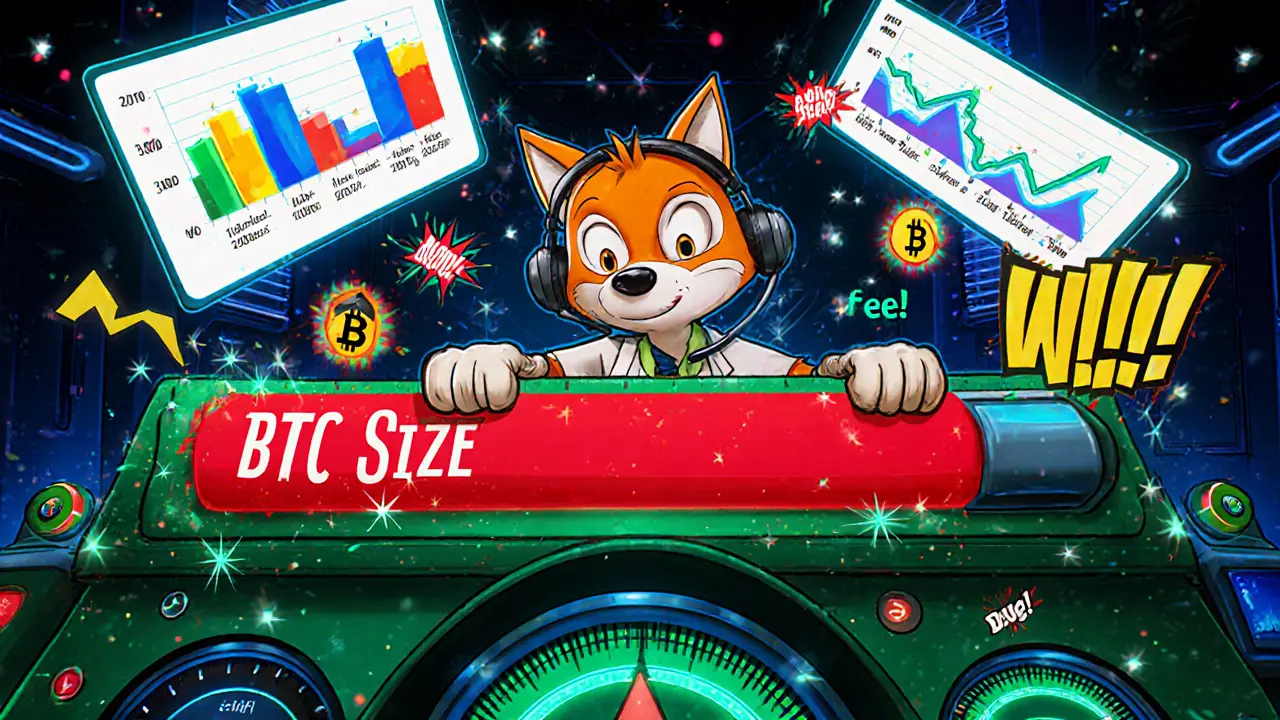
Tools & Dashboards That Deliver Real‑Time Data
Glassnode Studio is a subscription‑based analytics platform that provides a dedicated Bitcoin mempool dashboard. It visualizes size, fee distribution, and estimated confirmation times, all updated every minute.
Other free explorers-such as mempool.space for Bitcoin and etherscan.io’s pending transaction view for Ethereum-offer raw data feeds you can pull into a script.
For programmatic access, most nodes expose a getrawmempool RPC call that returns transaction IDs, while getmempoolentry provides the fee, size, and ancestor count.
Building a Trading Strategy Around Mempool Signals
- Set a baseline: Record the average mempool size and median fee for the past week. This becomes your “normal” state.
- Detect anomalies: Use a simple threshold (e.g., size 20% above baseline) to trigger an alert.
- Identify high‑value moves: Filter pending transactions for amounts over your chosen threshold. Flag any that appear within the last 5minutes.
- Cross‑check exchange order books: If a large Bitcoin transaction is pending and a corresponding order book shows a thin sell wall, you may anticipate a price jump.
- Time your entry: During high congestion, set a higher fee on your own transaction to guarantee fast confirmation, preventing slippage.
- Exit strategy: After the block that clears the spike, re‑evaluate fee levels. A rapid drop often precedes a short‑term pullback.
This workflow can be coded in Python, using requests to fetch mempool JSON, pandas for analysis, and ccxt to place orders on exchanges.
Bitcoin vs Ethereum Mempool Characteristics
| Aspect | Bitcoin | Ethereum |
|---|---|---|
| Typical block time | 10minutes | ≈12‑14seconds |
| Fee unit | sat/vByte | gwei |
| RBF support | Yes (opt‑in) | No native RBF, but transaction replacement via nonce |
| Typical mempool size | 1‑3GB (varies with congestion) | 200‑500MB (higher turnover) |
| Priority rule | Highest fee per vByte | Highest gas price + gas limit |
| Common trader signal | Large BTC transfers + fee spikes | Pending ETH contracts & high‑gas spikes |
Risks, Limitations, and How to Mitigate Them
Even the sharpest mempool signals are probabilistic. Not every high‑value pending transaction will get confirmed; some are dropped if the fee is too low. To protect yourself:
- Combine mempool data with on‑chain confirmations. Look for a transaction that has already been included in a recent block before acting.
- Avoid over‑relying on a single node’s view. Pull data from multiple explorers and average the results.
- Use stop‑loss orders on the exchange side; mempool‑driven moves can reverse quickly once a block clears.
- Remember that fee markets can be manipulated. Large traders may artificially raise fees to create a false sense of urgency.
Quick Checklist for Daily Mempool‑Based Trading
- Check the current mempool size on both Bitcoin and Ethereum.
- Note the median and 95th percentile fees.
- Identify any pending transactions >5BTC or >200ETH.
- Cross‑reference with exchange order books for mismatched liquidity.
- Adjust your own transaction fee if you need rapid confirmation.
- Set alerts for fee spikes exceeding 20% above the week’s average.

Frequently Asked Questions
How quickly does mempool data become outdated?
Mempool conditions can shift within seconds, especially on Ethereum where blocks are mined every ~13seconds. For Bitcoin, changes are noticeable every minute or two. That’s why real‑time explorers and API polling are essential.
Can I rely on RBF signals to predict price moves?
Replace‑By‑Fee is a mechanism that lets a sender bump the fee of an unconfirmed Bitcoin transaction. When you see an RBF bump, it usually means the sender needs fast confirmation-often because the trade they are executing is time‑sensitive. It’s a useful hint, but pair it with order‑book data for confirmation.
Do mempool tools work for smaller altcoins?
Many altcoins expose a getrawmempool RPC call, but the data depth varies. Coins with high block frequency (e.g., Solana) have a much shorter pending window, making mempool signals less actionable.
How do I integrate mempool data into my algorithmic bot?
Set up a lightweight node or use a public API to pull getrawmempool output every 10‑15seconds. Parse the JSON for fee, size, and value fields, then feed the metrics into your strategy’s decision matrix. Most traders combine this with price‑feed websockets for a complete picture.
What’s the biggest pitfall for beginners?
Treating a single large pending transaction as a guaranteed move. Networks drop low‑fee transactions, so always wait for confirmation or combine the signal with other on‑chain indicators.

